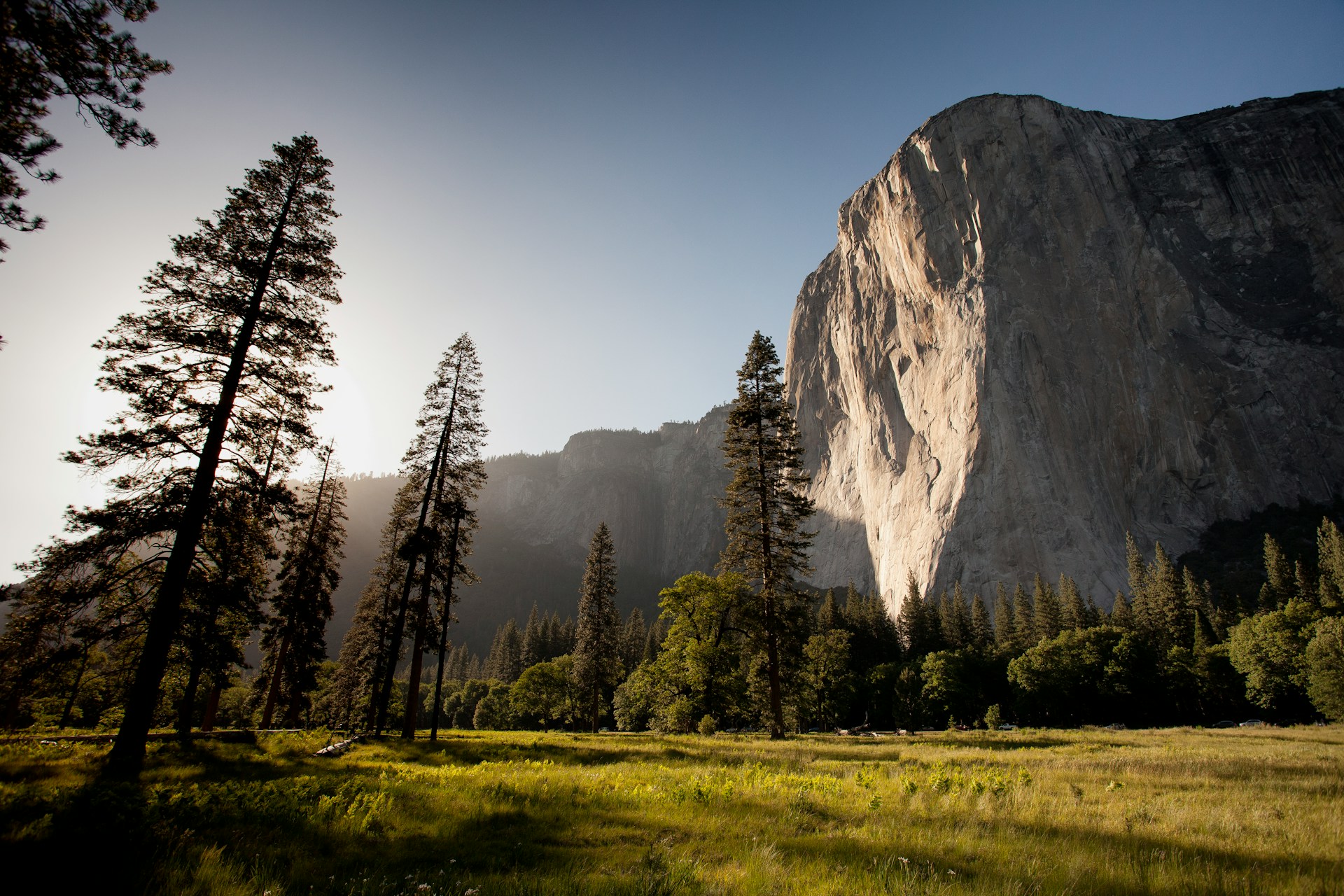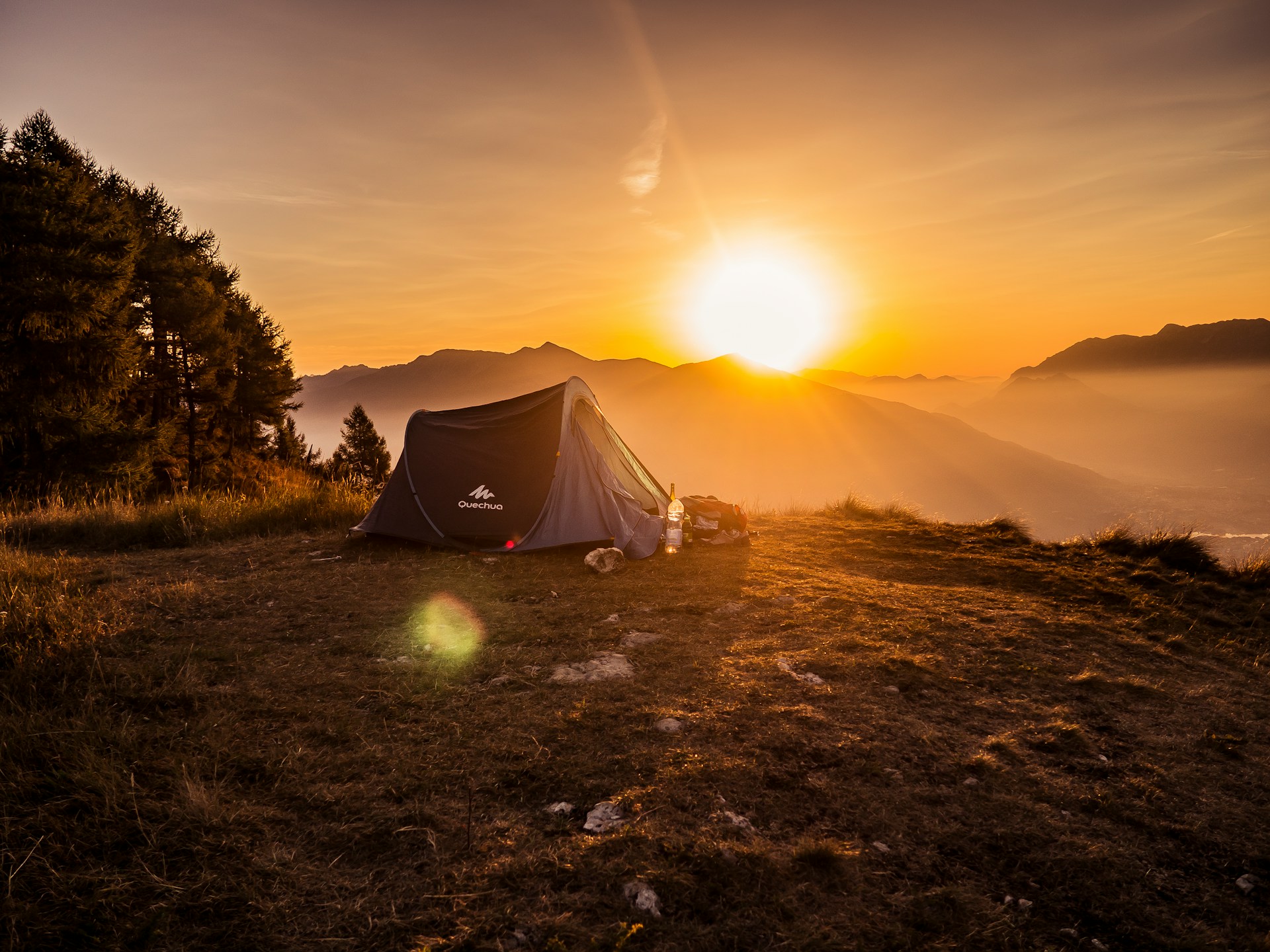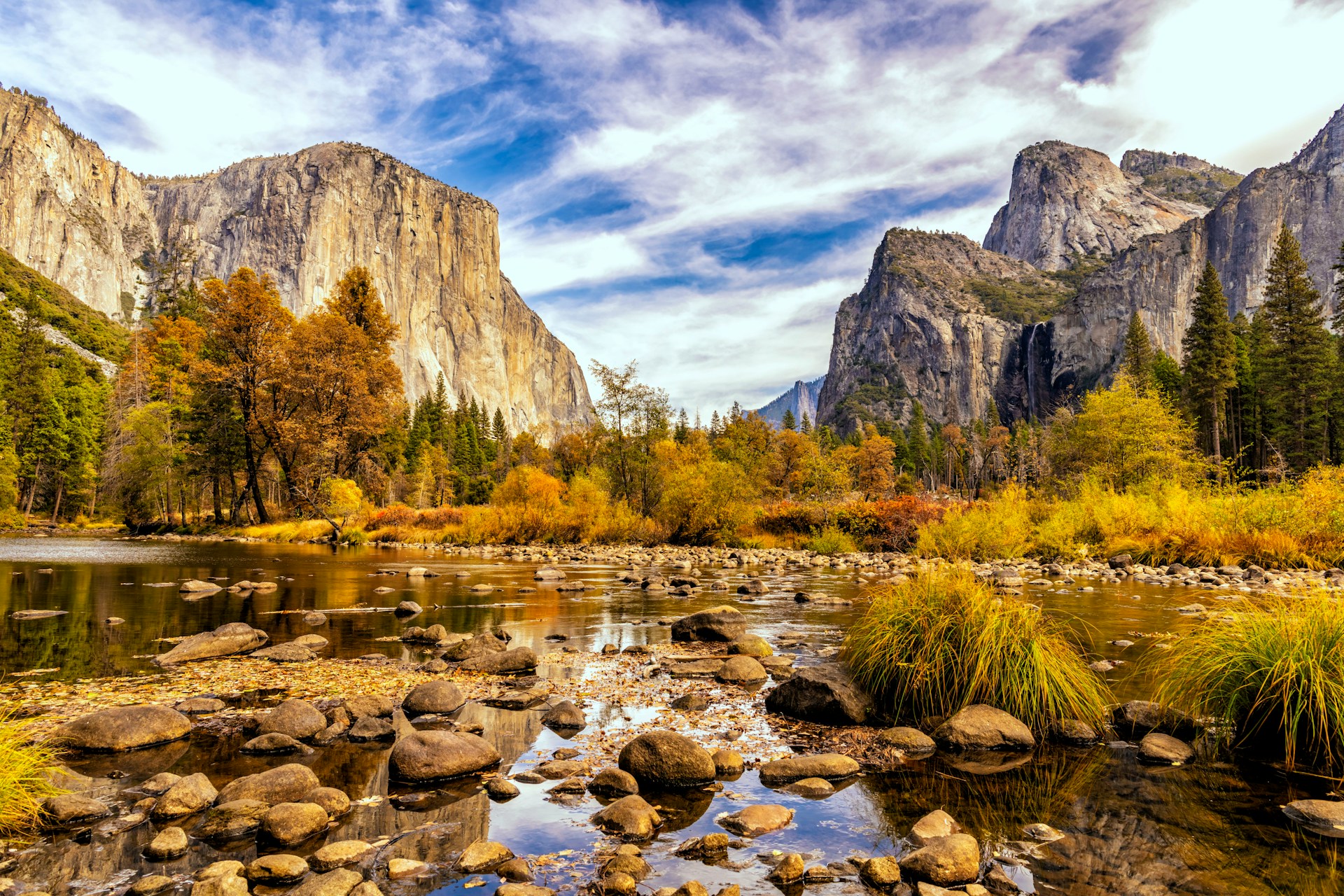Some places bend under neglect before they break. Yosemite is feeling that bend. Empty fee booths sit like mute sentries. Campgrounds fill with people who are not booked to be there. Videos surface of parachutes opening against granite. The park looks open on paper, yet the guardrails that keep wild beauty safe are thinning.
Here is the context that matters. A federal funding lapse has cut deep into staffing while keeping gates mostly open. One wilderness ranger reportedly covers vast backcountry and that post is a volunteer. The Department of the Interior says essential law enforcement remains. Advocates warn that access without oversight invites risk, damage, and avoidable emergencies.
How A Shutdown Unravels Yosemite

Shutdowns do not turn off demand. They strip away the human systems that steer it. Reservations wobble, rules blur, and a place designed for shared responsibility starts to absorb private agendas. The result is not drama every minute. It is a steady slide from order to improvisation.
Reports from staff and visitors point to an enforcement gap. With far fewer rangers on duty, people test boundaries. Closed sites attract occupants. Fee stations go unstaffed. The park remains accessible, but a vital layer of presence goes missing.
Squatting, Closed Campgrounds, and Rule Drift

Unauthorized camping grows fastest where oversight is light. Closed loops become neighborhoods overnight, and turnover slows when no one asks for permits. Trash and gray water follow occupancy, not policy, and maintenance teams cannot keep pace.
Some visitors assume that closure signs are suggestions. A few push past barriers because nothing physical stops them. Short lines and empty kiosks look like permission.
Rangers still respond to violations. They cannot be everywhere at once.
What looks like harmless convenience compounds into strain on restrooms, water spigots, and fragile soils that were meant to rest.
BASE Jumping Returns to the Valley
BASE jumping once flirted with Yosemite culture. It has been illegal in national parks for decades because rescue risks compound on cliffs and in wind. During the shutdown, more jumpers are appearing at dawn and dusk. The spectacle is real. So are the hazards for participants and responders.
Officials say violations will be investigated and cited. Fines can reach 5,000 dollars and include possible jail time. Deterrence relies on presence. Presence is thin.
Half Dome, Cables, and Permit Erosion
The cables up Half Dome manage crowds on a lethal slope. Permits meter foot traffic and reduce rescue calls. When the system weakens, climbers arrive without reservations and move anyway. Slippery granite rewards caution and punishes bravado.
Two short paragraphs keep the rhythm honest. First, the cables are not a theme park queue. They are a safety gate that keeps a landmark from turning into a triage zone.
Second, volunteer reports and visitor posts suggest more attempts outside the rules. That amplifies risk for everyone on the route.
Search and rescue teams do heroic work. They should not carry the weight of policy failure.
Staffing Losses Meet Open Gates

Advocates estimate the Park Service has lost nearly 25 percent of permanent staff since January. That deficit collides with a policy to keep parks broadly accessible during lapses. Essential functions continue, but routine presence fades. People notice. Behaviors shift in the gaps.
The strategy to remain open has a public service logic. It also has a maintenance bill and a safety bill. Without enough patrols, small violations scale up. Trails widen. Cultural sites suffer. Backlogs wait for a future budget that may already be spoken for.
Lessons From Past Shutdown Damage
In 2018 and 2019, parks saw vandalism, illegal off-roading, and trash bursts that took months to reverse. Yosemite was not spared. The pattern is familiar. Access without capacity produces debt in the landscape. Recovery is slower than harm. That math does not change.
Coalitions of former park leaders now argue for temporary closures when staffing falls below safe levels. The aim is not punishment. It is triage for irreplaceable resources.
Law, Access, and the Line Between Them

Interior contingency plans emphasize life, property, and health as nonnegotiable. Law enforcement remains on duty. The promise is clear. The practice is harder with fewer people and wider patrol areas. Citations still happen. Patrol vehicles still roll. The valley is large, the cliffs are many.
Yosemite carries two mandates. Welcome the public. Protect the place. During a shutdown, those mandates pull against each other like a loaded rope. Good policy tightens the knot where it must and loosens it where it can. Thin staffing weakens that grip.
What Happens Next
The investigation into violations is ongoing. Local staff adapt hour by hour. Advocates keep pressing for clarity. Visitors keep coming. The choices are stark. Either staffing rebounds and rules regain force, or the landscape pays for a long time. Yosemite deserves stewardship that matches its scale.


